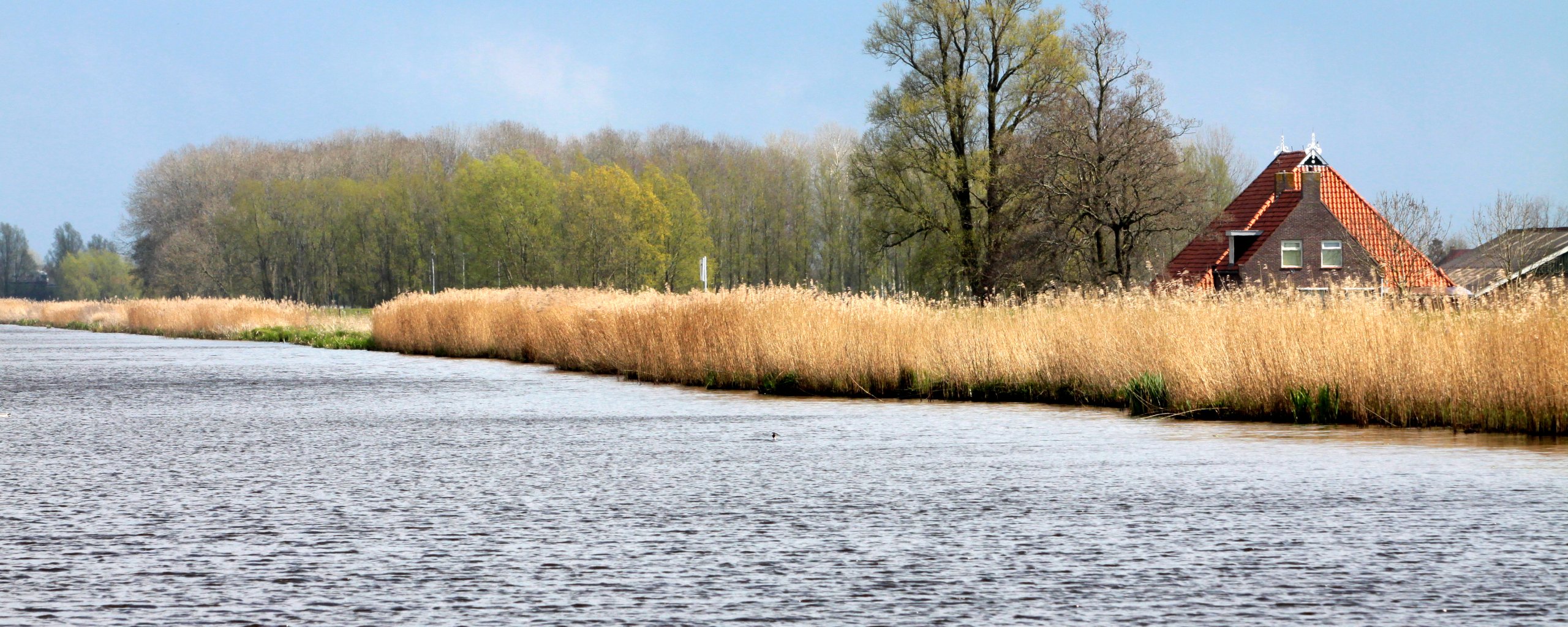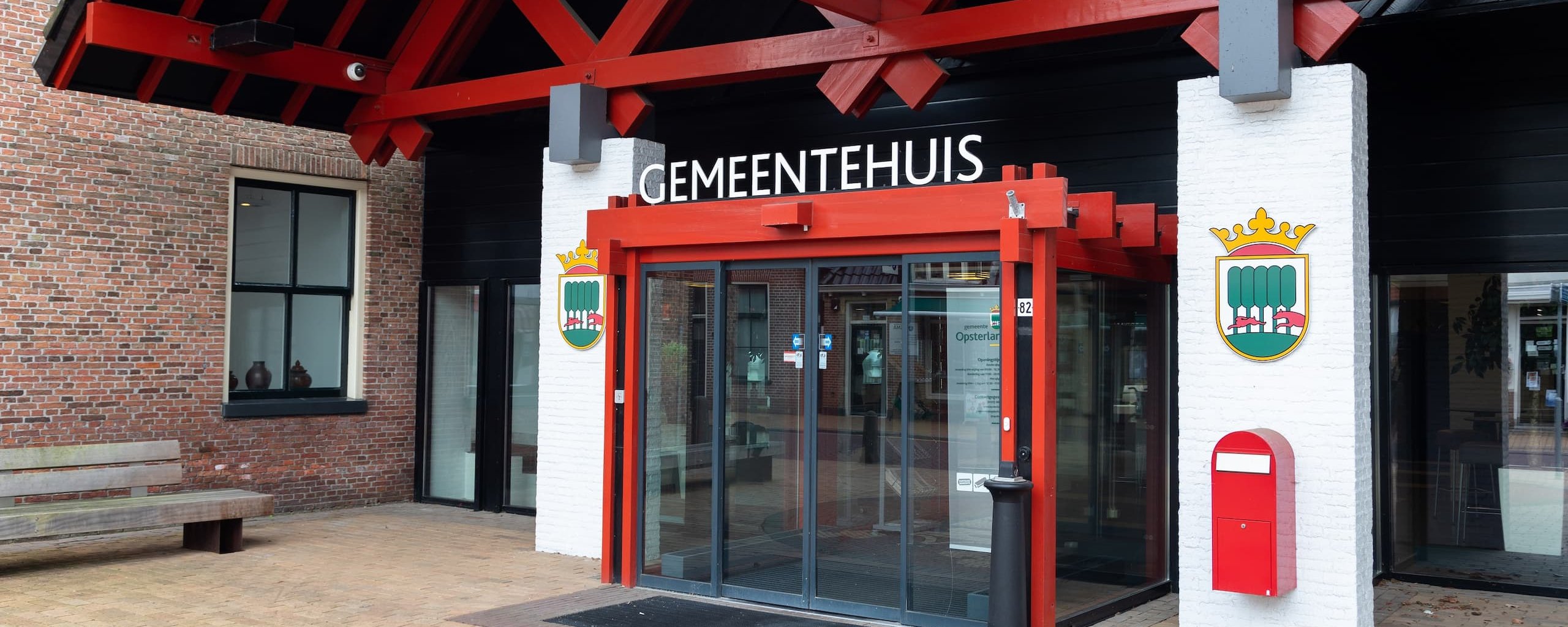Tijnje
Tijnje (De Tynje) is a village located in the western moorland area of Opsterland municipality. Tijnje is located just along the A7 freeway, halfway between Drachten and Heerenveen, and on the main road between Gorredijk and Akkrum. The village is close to nature reserve "De Deelen", and is sheltered among the trees. The original character of this agricultural peat extraction village was a road village.

Origin of the name
The name Tijnje comes from the Frisian word "tynje," meaning a fish dam in a watercourse. The village came into existence in the 19th century during peat extraction in the peat area of Opsterland.
Origin of Tijnje
In the early 19th century, the first peat diggers and peat laborers settled around Tijnje. The residents received support from the social democrat Ferdinand Domela Nieuwenhuis. Thanks to the votes of the residents, Nieuwenhuis entered the Lower House in 1888.
Economy and development
In 1916 the cooperative dairy factory Volharding II was established. This was of great importance to Tijnje. It marked the end of peat extraction and the start of a healthy middle class with many craft businesses. Today Tijnje is a lively village with its own natural swimming pool and various festivals. Most unusual for Friesland, the village has a carnival association that has existed for several decades. Tijnje has a tractor agility festival with competitions in combiner racing.
Historic buildings
In the cemetery of Tijnje is one of Friesland's bell towers. Along the Breewei, historic buildings can be seen. The former Reformed church from 1921 on the Rôlbrêgedyk is a monument because of its unusual concrete architecture. Furthermore, at the beginning of Riperwei is an old Dutch Reformed church, which is now a residence.
